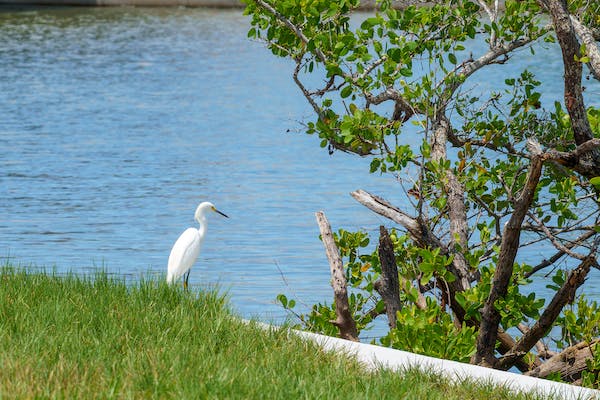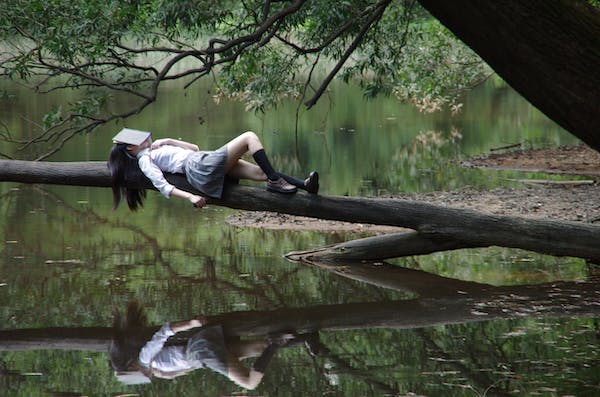Why you need to water your trees

WATER – bring Earth’s ecosystem back into life
Problem
Loss of water in the Earth’s landscape is leading to planet wide droughts, floods, wildfires, loss of carbon as well as increasing climate change alongside all the allied problems of hunger, migration, loss of livelihoods and poverty.
Solution(s)
Holding the rain water and creating water storage features such as lakes, ponds and enabling recharge underground across the planet will help resolve the problems to a significant level.
How to achieve these solutions
Enabling local communities across the world to build these ponds globally, similar to planting trees where possible, is a proven solution to achieve this water balance in the earth’s atmosphere again as well as take care of the problems mentioned above.
Background
A 2020 WWF Report calculates that “doing nothing to the environment” [this includes talking about doing something] will cost us £397 billion a year by 2050. The imbalance of the carbon-cycle is well-documented, the water-cycle is complementary and can play a decisive role in stabilising the climate.
Problem Statement
Impervious surfaces (such as concrete, roads and urban sprawl) cover 0.43%ii of the world’s 500 million km2 land area reducing the amount of rainfall that can be absorbed by the soil. The soil sealing through urbanisation and drying of wetlands and lakes is estimated to divert and drain out to sea, 760 km3 of rainfall per year. This is water lost from the small water cycle, making precipitation become more variable, with increased risks of drought and floods at different times and places.
Solutions
Natural catchment restoration works with nature in building many small interventions, in managing the flow of water through the landscape. The ponds that communities are building in India (where they are called johads) and around the world have storage capacities between 10,000 m3 to 40,000 m3 with areas of 15,000 to 60,000 m2. The flow of water from rainfall is held in the land where it falls. Water returned to the soils and the aquifers slows the impact of the rainfall down while supporting a renewed carbon-sequestering life-cycleiii.


What we need to achieve these solutions
Roughly it costs £1 for a community to restore 1 cubic metre of water. A single water intervention costs from £10,000 to £50,000. Restoring all the drained wetlands, making porous the compacted soils and concrete surfaces, and restoring degraded land, the cost of holding 760 km3 of water in situ to revitalise the carbon cycle and stabilise the climate (£760 billion) is in the long run going to come out much less than the cost of doing nothing.
References